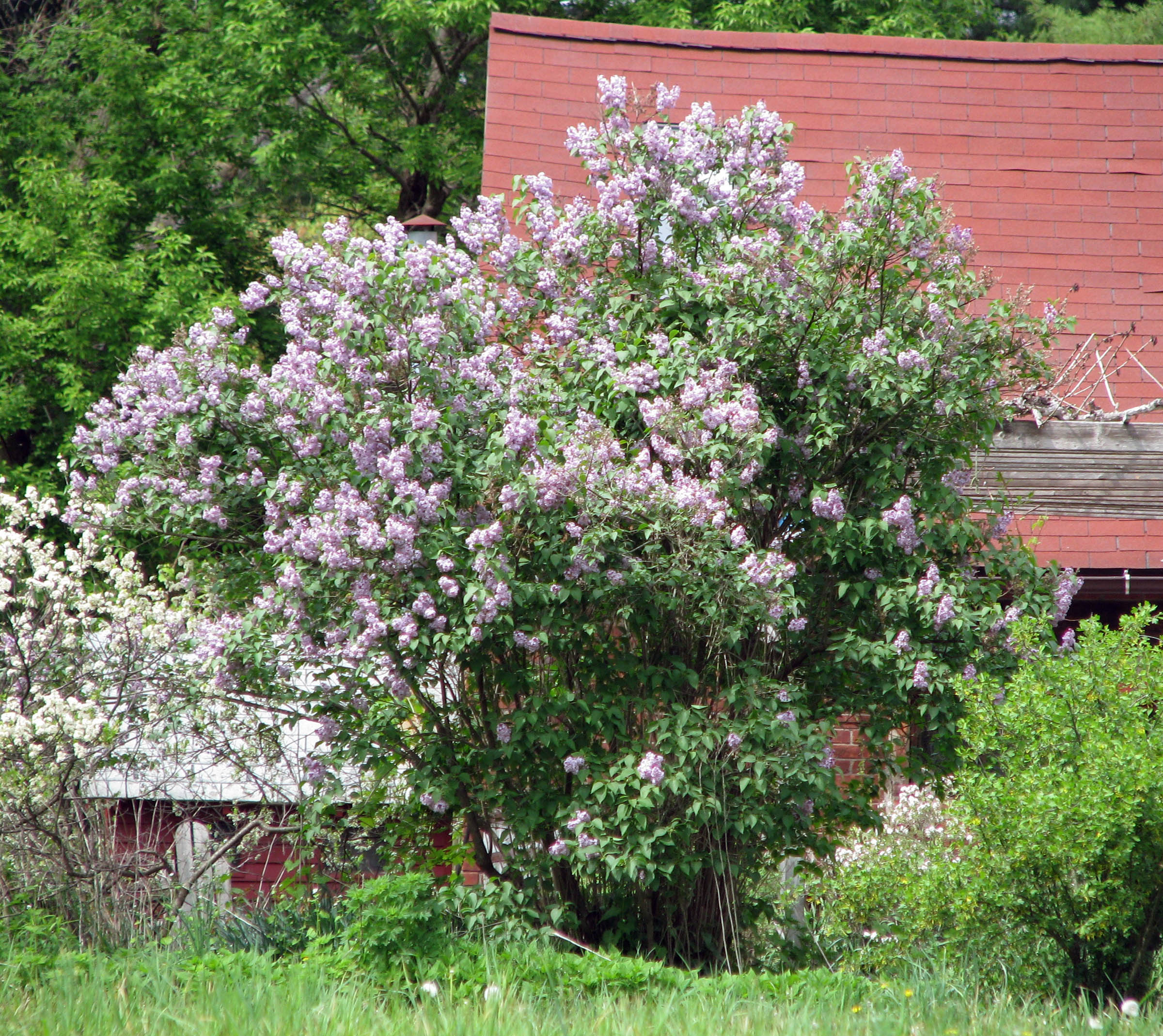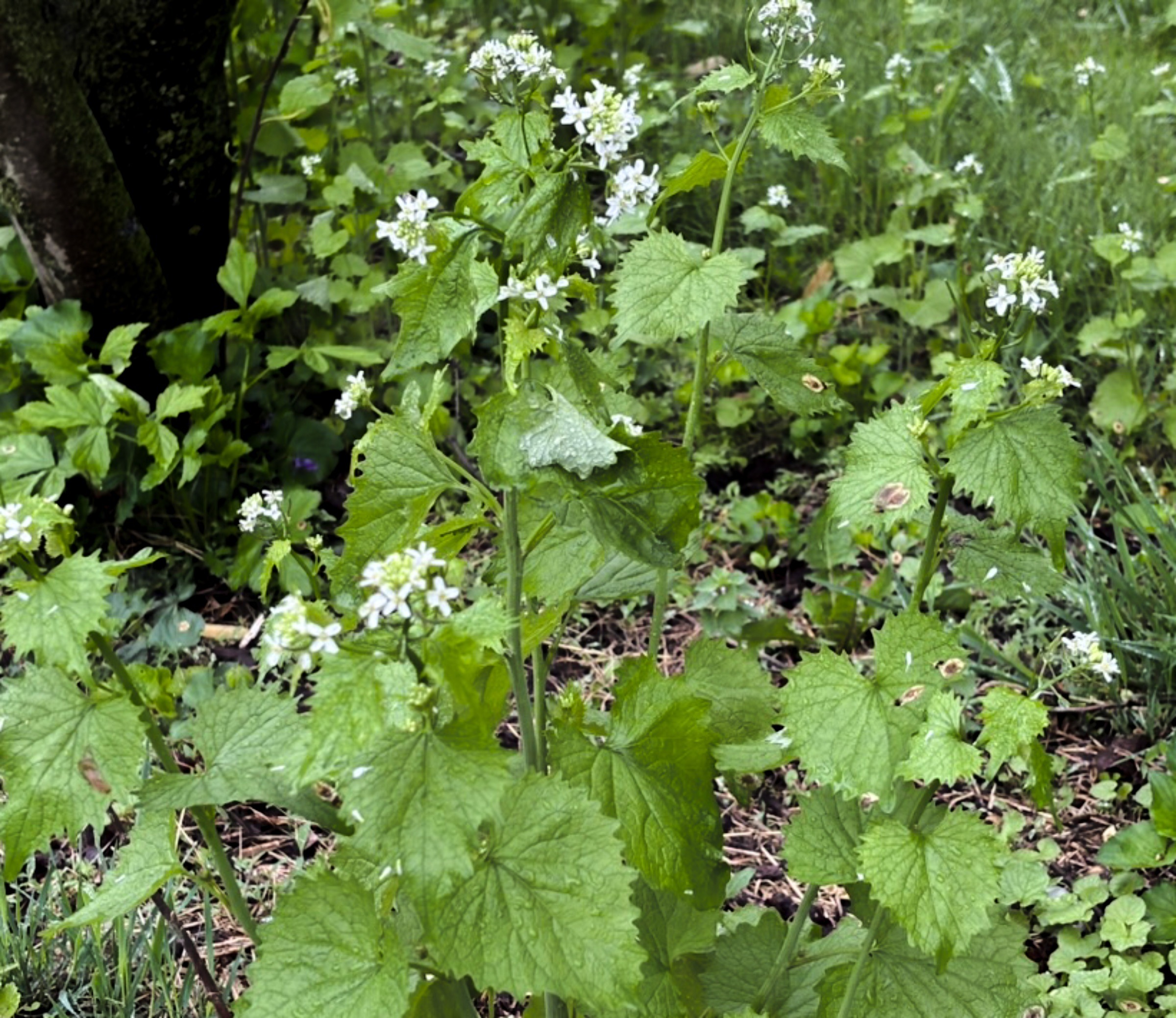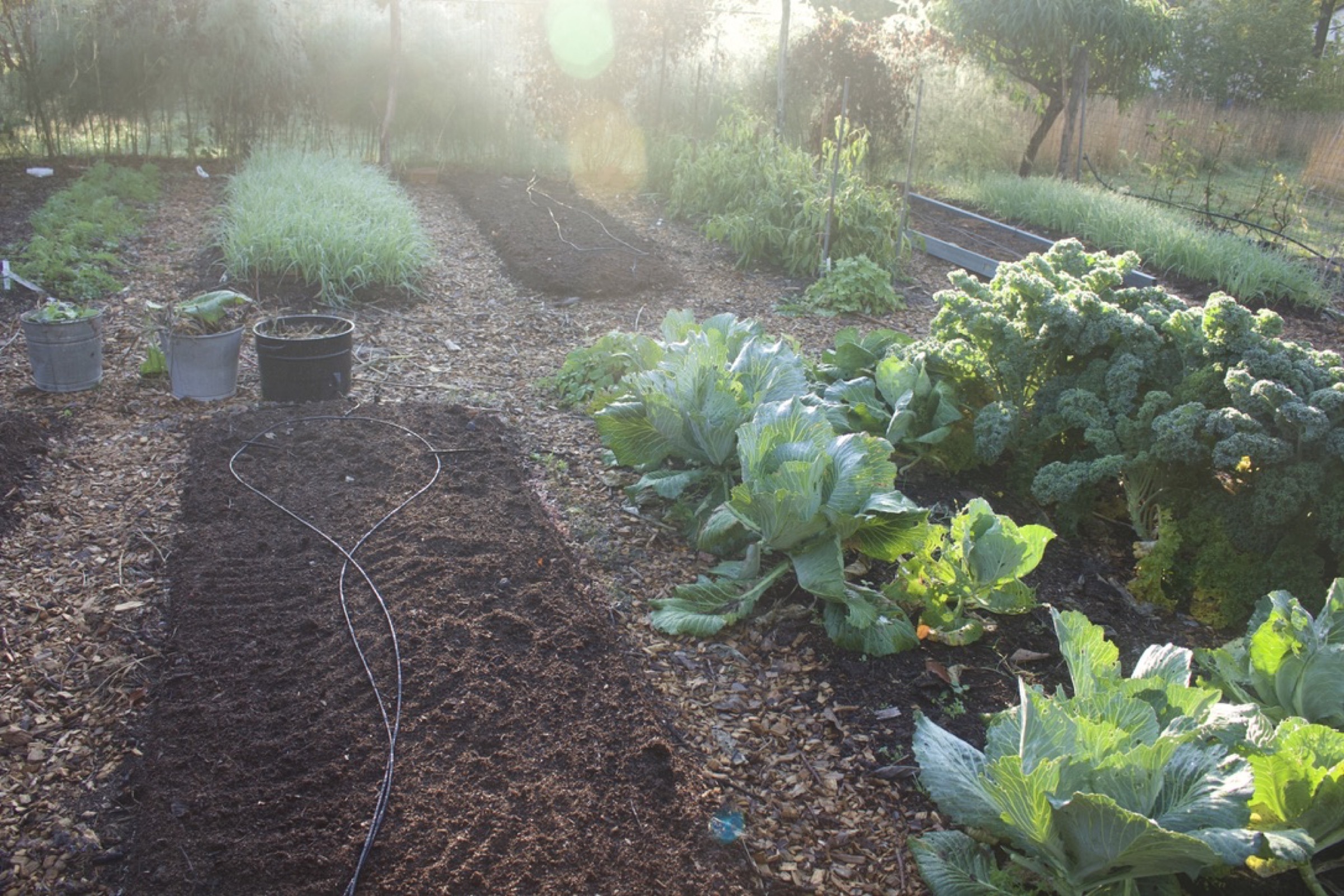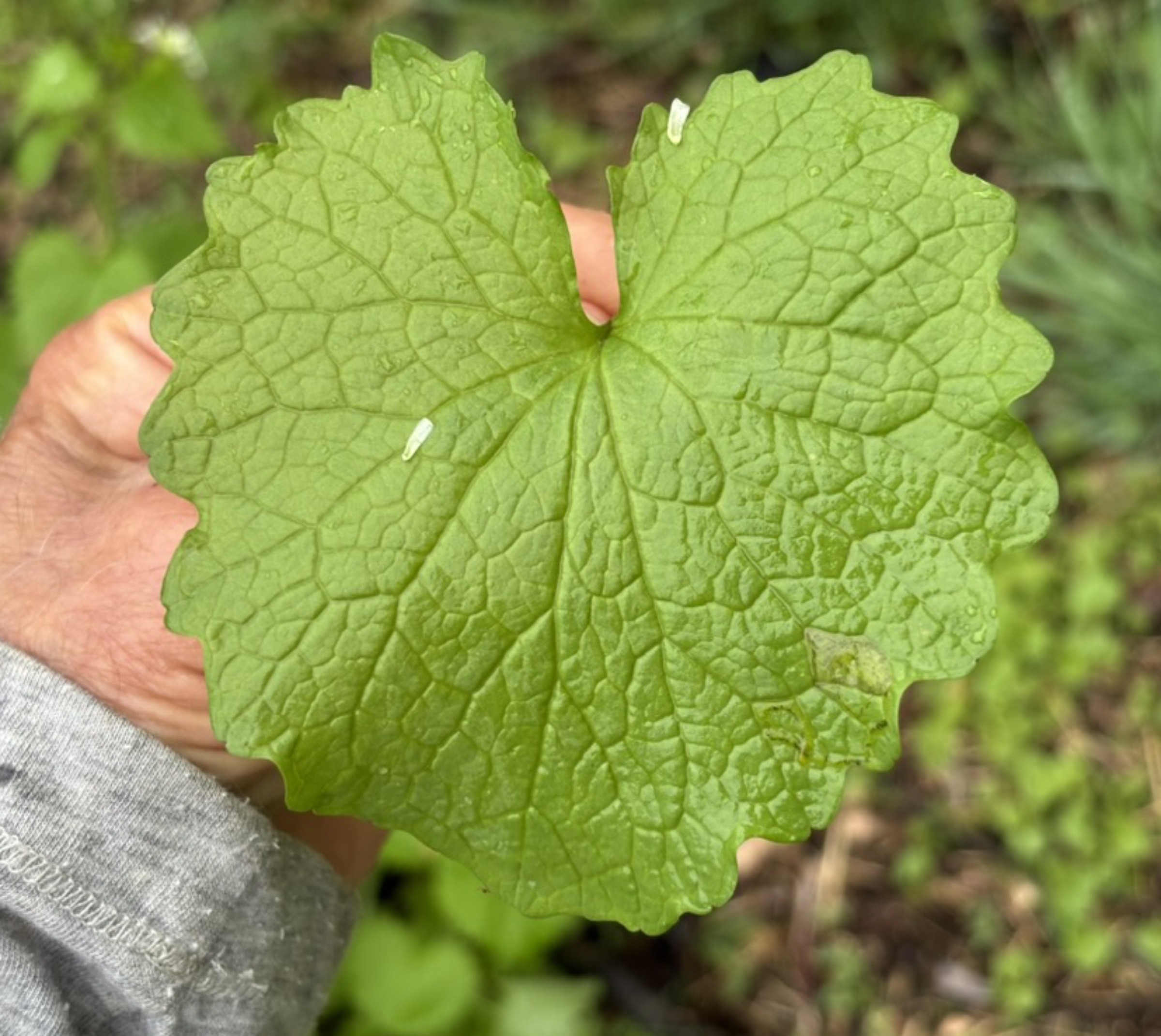MORE PRUNING?
/2 Comments/in Gardening/by Lee ReichShowtime Again, Next Year
The main show is over, at least here on the farmden: Spring blooming shrubs and vines have strutted their stuff. With blossoms past, those plants are melding into other landscape greenery. You can’t turn your back on them, though; pruning now will encourage them into repeat performances next year and in years to come.
Many shrubs and vines renew themselves each year by sending up new stems at or near ground level. With age, these stems crowd each other, flower less profusely, and put fragrant or colorful blossoms beyond where they can best be seen or reached with your nose should you want to get close for an aromatic sniff as you walk past.

Lilac before its annual pruning
MY BRIEF AFFAIR
/2 Comments/in Gardening, Pests, Vegetables/by Lee ReichWhat Could Be Bad?
Like most brief affairs, this one ended without rancor. A friend had introduced me to garlic mustard (Alliaria petiolata), our meeting coming at a time when I could look fondly upon any wild edible plant. That was many years ago, yet after a few years tensions between us escalated.
In retrospect, I can’t really understand the attraction I had for garlic mustard. True, the name was appealing: you would think that any plant combining the flavors of garlic and mustard would have elicited affection that would linger, even grow, over the years.Despite the enticing name, I can now reminisce with a clear mind and remember finding the taste ho-hum at best, biting at worst.
ORGANIC FOODS FOR YOUR PLANTS
/8 Comments/in Soil/by Lee ReichWhere to Feed, With an Exception
To get the most out of any organic fertilizer, keep in mind how plants feed and how these fertilizers act in the soil. The bulk of plants’ feeder roots — whether the plants are midget marigolds or mighty oaks — lie just beneath the surface, so generally there is no need to dig fertilizer deep into the soil. And anyway, low oxygen levels there would retard the microbial growth necessary to unlock nutrients from most organic fertilizers.


